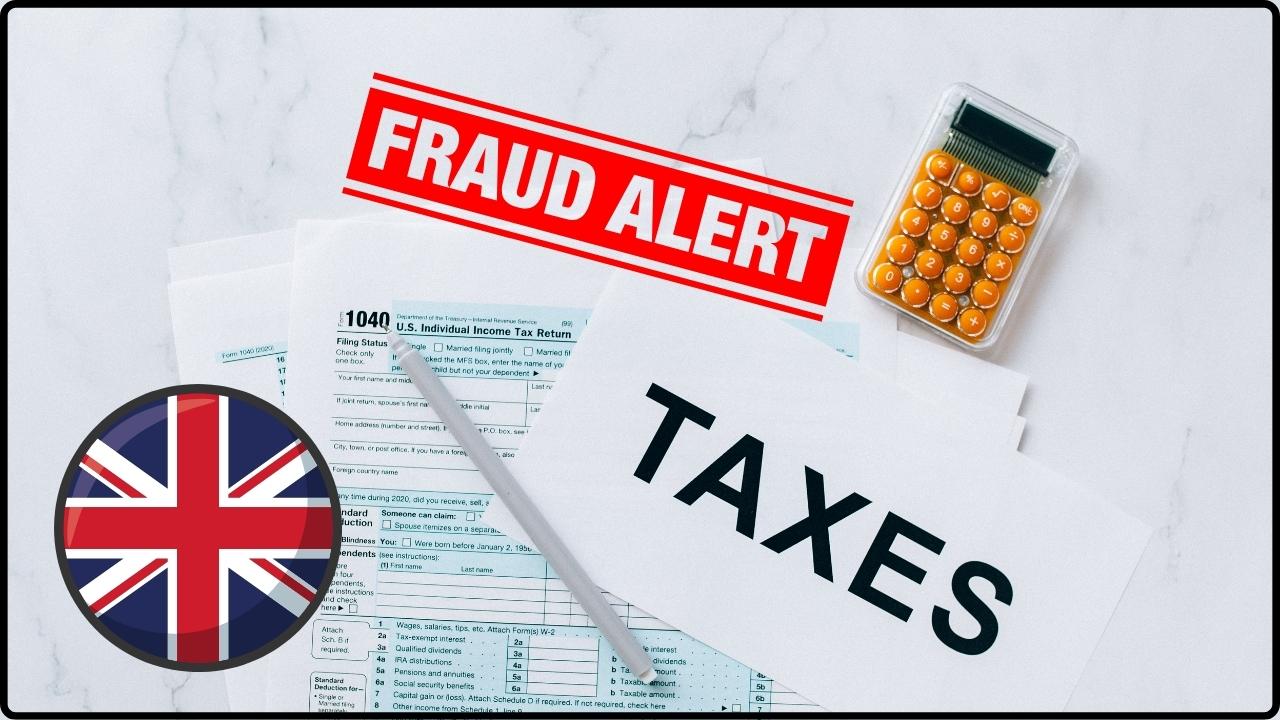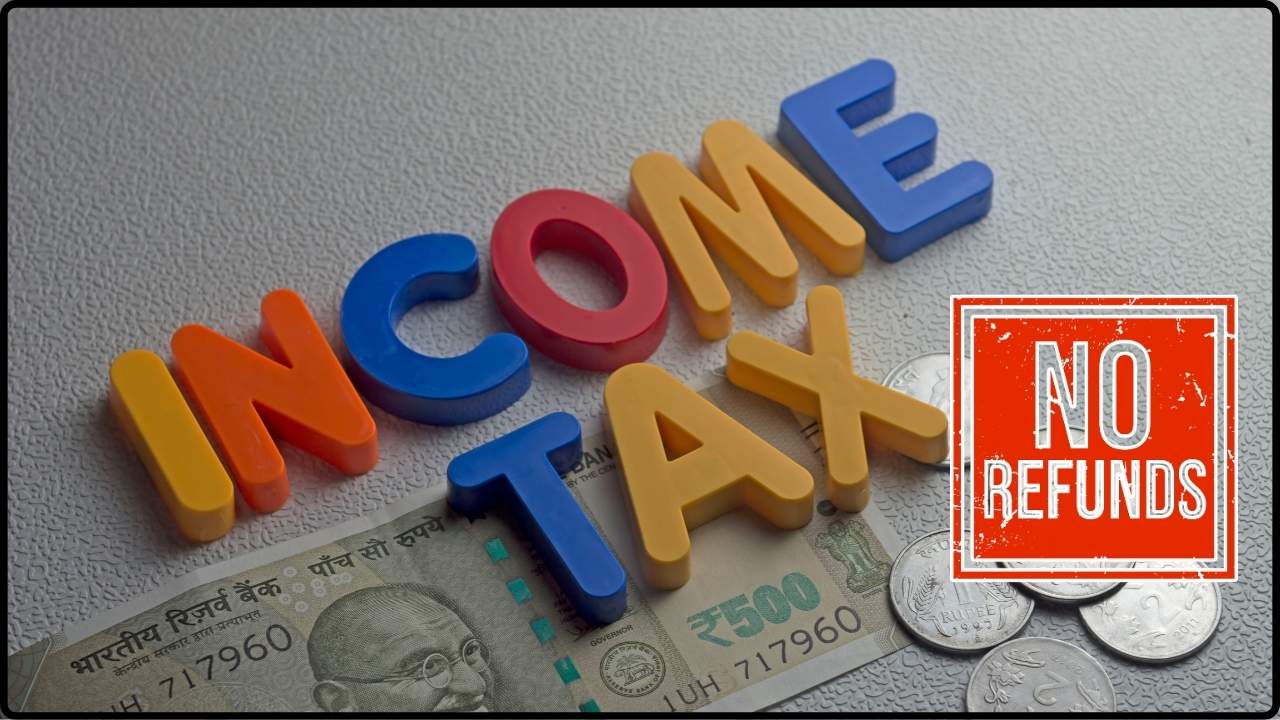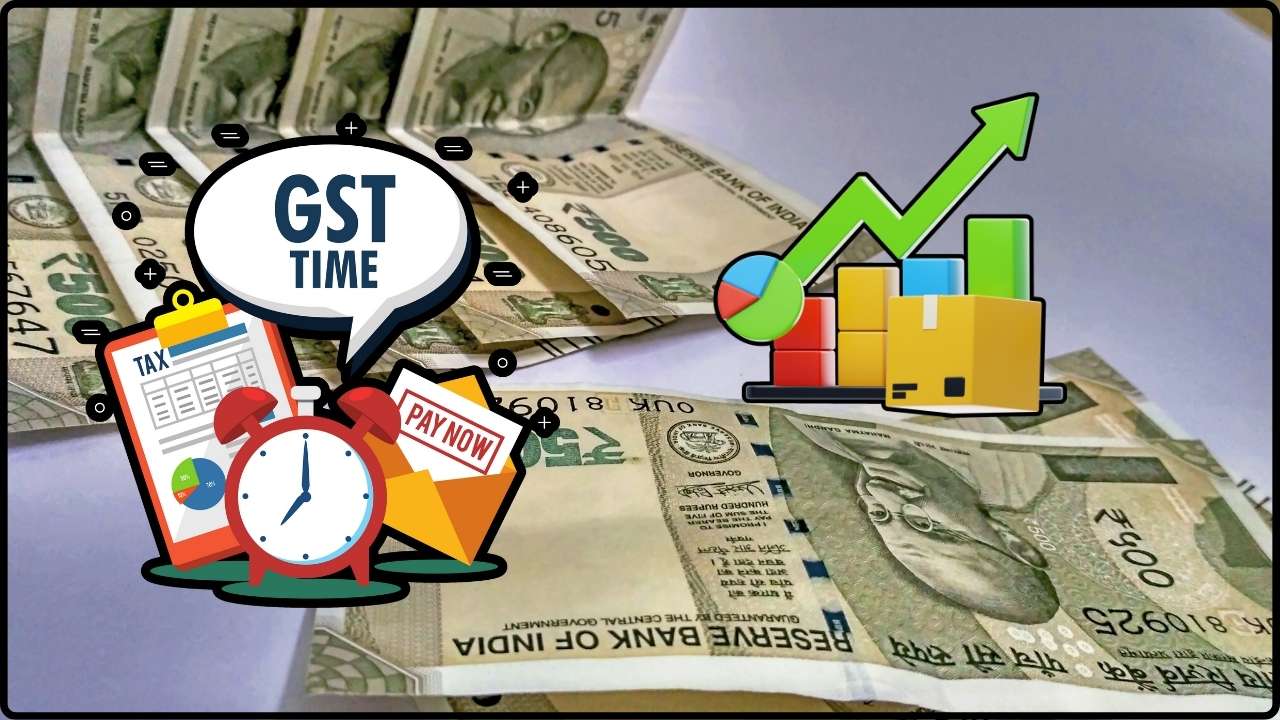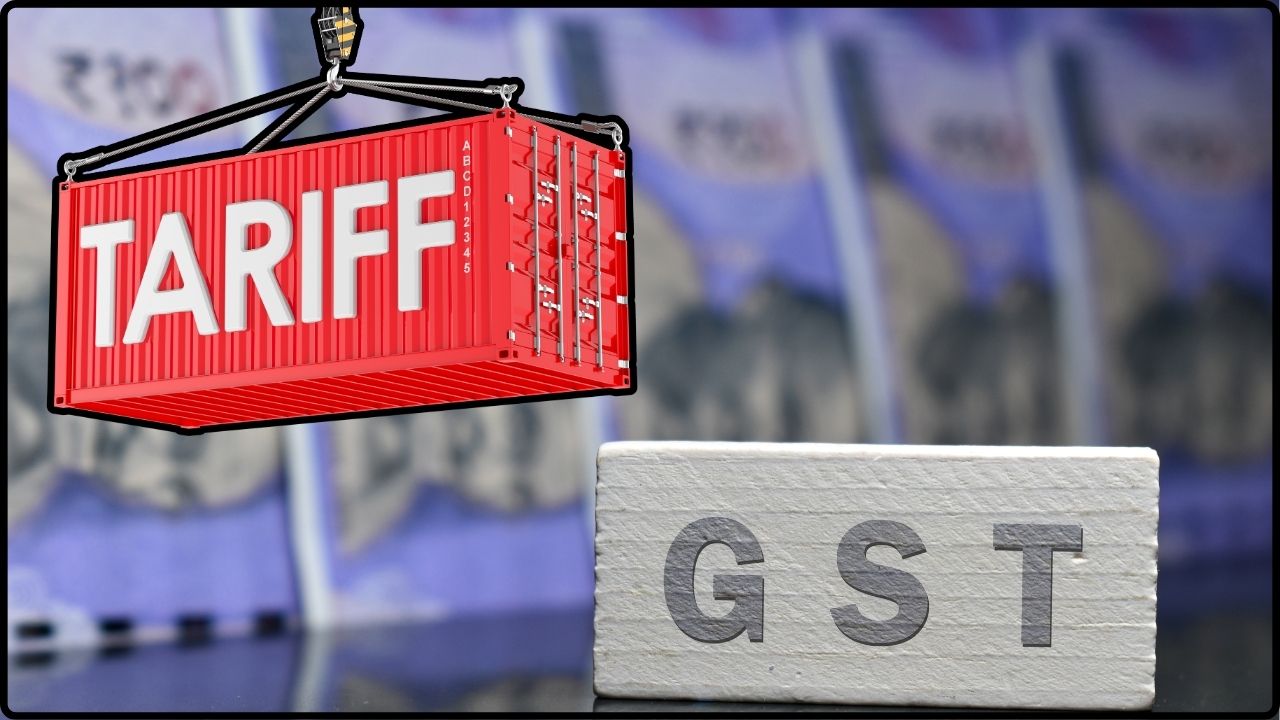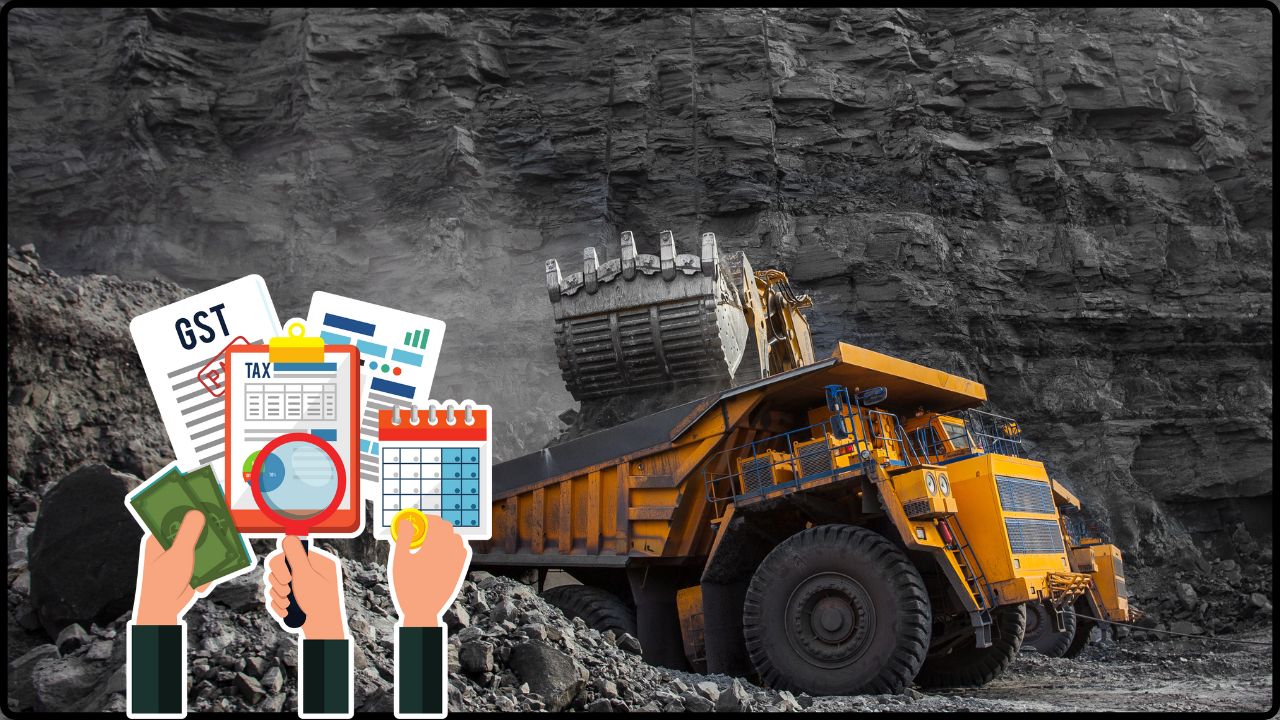SC Rules MV Tax Only for Public Area Usage: a big win for vehicle owners in India — is the exact focus of this article. We’re talking about how a recent Supreme Court ruling grants motor vehicle tax exemptions for vehicles used exclusively on private premises, making it easier than ever to cut unnecessary costs. Let’s break it down in a way that’s as straightforward as sharing stories around the fire, while still packing in solid data, definitions, and trust-building details. Here’s the gist in kid talk: Imagine you have a toy car that stays inside your house—on your bedroom floor, never rolling into the hallway or out the door. It wouldn’t make sense for someone to charge you for taking care of roads it never touches, right? That’s exactly what the Supreme Court said—if your real-life vehicle doesn’t use public roads, you shouldn’t be taxed for them.
SC Rules MV Tax Only for Public Area Usage
The Supreme Court’s landmark ruling that MV tax only applies to vehicles using public infrastructure is a win-win-win—for taxpayers, for fair governance, and for clarity. Whether you’re a farmer, a warehouse manager, or a policymaker, getting this exemption means saving money and paperwork—so long as your vehicle stays put inside private property. Start tracking, apply through your RTO, and claim what’s rightfully yours. And remember—for roads you don’t use, why pay?
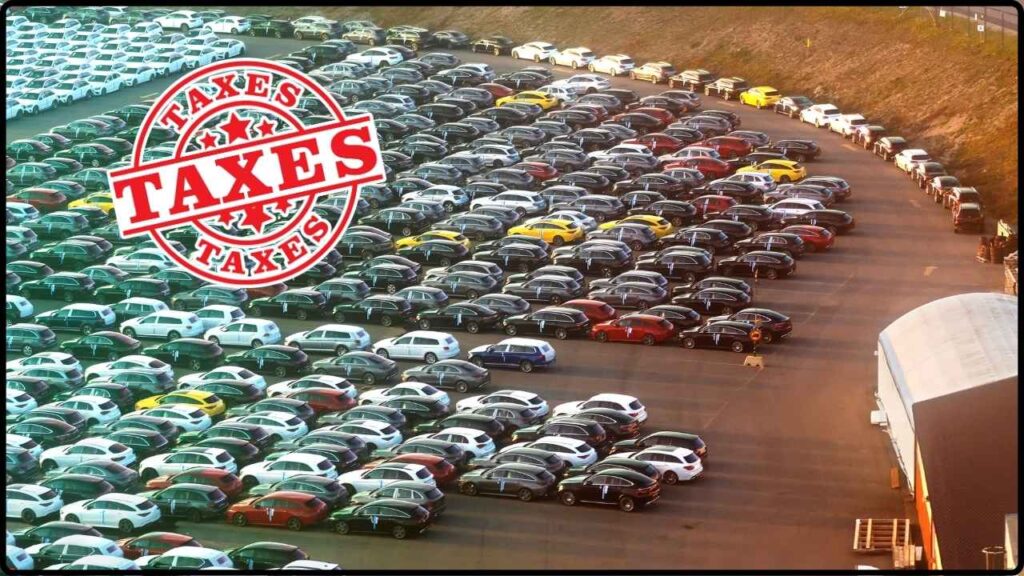
| Topic | Details |
|---|---|
| Court & Date | Supreme Court of India verdict, August 2025 |
| Ruling | MV tax only applies to vehicles used in public areas |
| Affected Users | Farmers, factories, warehouses, private premises |
| Estimated Savings | ₹8,000–₹50,000+ per vehicle annually |
| Important Caveat | Even a single trip on public roads voids exemption |
| Legal Principles Cited | Compensatory nature, ‘public place’ definition |
| Application Steps | Log usage → Draft affidavit → Apply to RTO → Follow up |
Background & Legal Context
Let’s get some history in place. A case that made headlines was based on the Andhra Pradesh Motor Vehicle Taxation Act, 1963. The argument was simple: vehicles inside a steel plant’s enclosed yard never enter public roads, so they shouldn’t pay MV tax. The Supreme Court agreed, affirming that “motor vehicle tax is compensatory in nature”—it’s meant to fund infrastructure that vehicles actually use.
In its judgment, the Court held that if a vehicle is not used in or kept for use in a ‘public place’, then the owner is not deriving benefit from public infrastructure, and thus shouldn’t be burdened with MV tax. This ruling has now clarified confusion across states and sets a uniform standard nationwide.
Why SC Rules MV Tax Only for Public Area Usage Matters—To Everyone, From Kids to CEOs
For kids:
Think of your home chores—you only pay for what you use. You’d never buy a pool if you only swam in your bathtub. Likewise, this tax rule says: if your vehicle only works inside your property, you don’t pay for outside roads.
For farmers & small businesses:
This means real savings—maybe ₹10,000 or more per vehicle each year. That’s money that can go into better seeds, cleaner machinery, or even school fees.
For professionals & policy buffs:
This is smart legal stretching—tying tax strictly to actual public infrastructure usage makes taxation fairer and more efficient. It also aligns India with global practices—like in the U.S., UK, and Australia, where private-use vehicles inside farms or construction sites are also exempt.
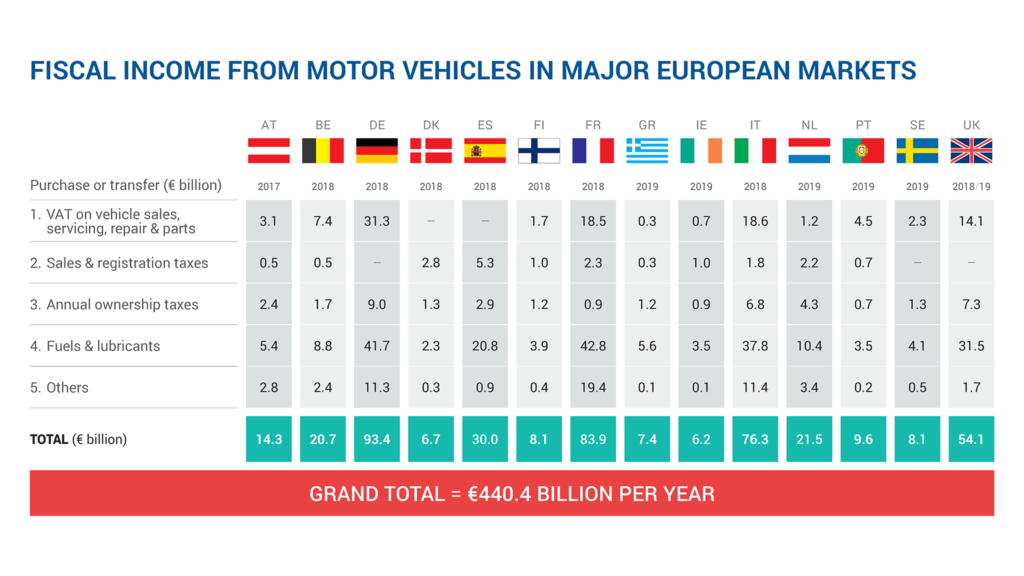
Financial Impact Breakdown
Here are ballpark figures based on vehicle type and usage:
- Small tractors & farm equipment: ₹8,000–₹15,000 saved annually.
- Warehouse/internal haulers: ₹20,000–₹35,000 per large vehicle.
- Large industrial fleets (50+ vehicles): ₹10 lakh+ in annual operations cost saved.
- State revenue implications: Short-term dip, but better-targeted tax collection in the long run.
These are rough estimates based on varying state tax slabs and vehicle values.
State-by-State Implementation—Peek Behind the Curtain
India’s motor vehicle tax is handled by states, not the Centre. So, the rollout varies:
- Andhra Pradesh: Already central to the case—rapid notifications expected.
- Maharashtra, Karnataka, Tamil Nadu: Industry groups are urging quick clarity.
- Uttar Pradesh, Gujarat: Processes in place, but formal guidelines still upcoming.
- Madhya Pradesh: Facing tax evasion and revenue drops—this ruling may help officials re-align strategy.
How to Claim Your Tax Break—Step-by-Step Guide
- Track your vehicle’s use: Notebooks, GPS logs, or even photos of your vehicle inside premises.
- Write an affidavit: Plain statement saying “my vehicle only stays inside private area”—attach evidence.
- Submit to your local RTO: Or use the state’s transport portal.
- Follow up: Some offices may ask for inspections or extra proof—stay on it.
- If usage changes: Update authorities immediately to avoid penalties.
Pro tip: Keep everything clear and calm—you’re citing a Supreme Court ruling, and honesty wins in the end.
Impact on Logistics & E-Commerce Businesses
This ruling is especially significant for logistics companies, warehouses, and e-commerce giants like Amazon, Flipkart, and BigBasket, which operate thousands of in-premises vehicles daily. Forklifts, cranes, and mini-transporters often operate exclusively inside large facilities and distribution hubs, never once hitting public roads. Previously, companies were paying MV taxes for these vehicles unnecessarily, adding up to massive annual costs.
With this exemption, companies can now redirect tax savings toward technology upgrades, warehouse automation, driver training, and better last-mile delivery systems. It’s also expected to improve profit margins in the highly competitive logistics sector. Smaller courier firms, meanwhile, can save a significant chunk of operational expenses—making them more competitive against bigger players. Over time, customers may even benefit through slightly reduced delivery costs.
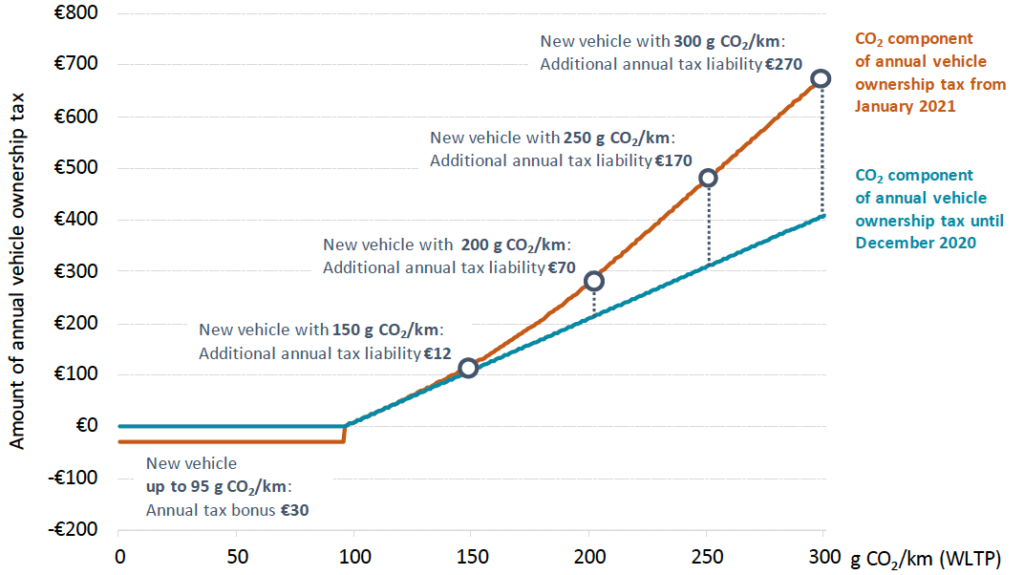
Future Outlook & Policy Changes Expected
This verdict is expected to trigger nationwide reforms in motor vehicle tax policies. While the Supreme Court has clarified the law, each state’s transport department must now update their frameworks, guidelines, and online RTO portals to align with the ruling. Notifications and exemptions will likely roll out gradually over the next 6 to 12 months.
Additionally, experts predict that states may revise MV tax slabs to ensure fairer revenue distribution. For example, vehicles regularly using highways could see slightly higher tax rates, while private-use vehicles may enjoy permanent exemptions. This could also pave the way for digital tax filing, where vehicle usage logs are tracked online, reducing disputes and paperwork.
In the long term, India may move toward a “pay-as-you-use” road tax model similar to other countries, linking payments directly to GPS-based mileage on public roads.
Expert Views
“This is a textbook example of tax justice—only pay for what you use.”
— Anil Mehra, Tax Consultant, PwC India
“Industries will reinvest these savings into efficiency and jobs.”
— Dr. Radhika Sinha, Transport Economist, IIM Bangalore
How India’s Approach Compares Globally?
- U.S.: Farm-only vehicles often exempt from road taxes.
- UK: Similar allowances for agricultural and industrial-use-only vehicles.
- Australia: Tax rebates or exemptions for vehicles never using public roads.
India is falling in line with global best practices by interpreting MV tax as purpose-driven, not blanket-based.
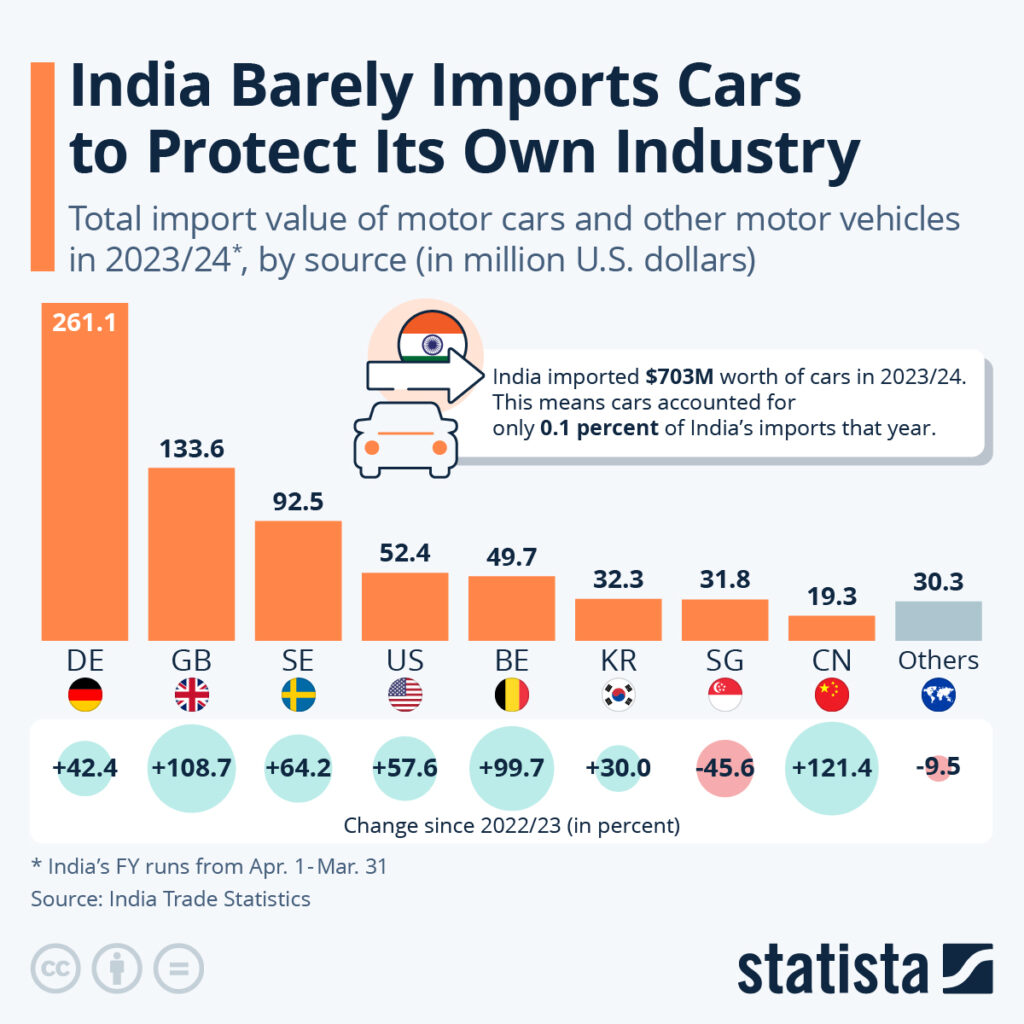
Lower GST On ICE Vehicles Could Impact EV Growth – HSBC Report
GST Reform to Cut Rates on Vehicles – Will Two-Wheeler and Car Sales Finally Rebound?
Haryana To Impose New Tax On Vehicles Entering State – Impact On Stone, Gravel And Sand Prices
The Bigger Picture
This isn’t just about saving a few thousand rupees per year. It’s about:
- Fair, data-driven taxation
- Less red tape, more clarity
- Policy that respects how people actually use infrastructure
- Encouraging compliance from businesses instead of blanket collections


